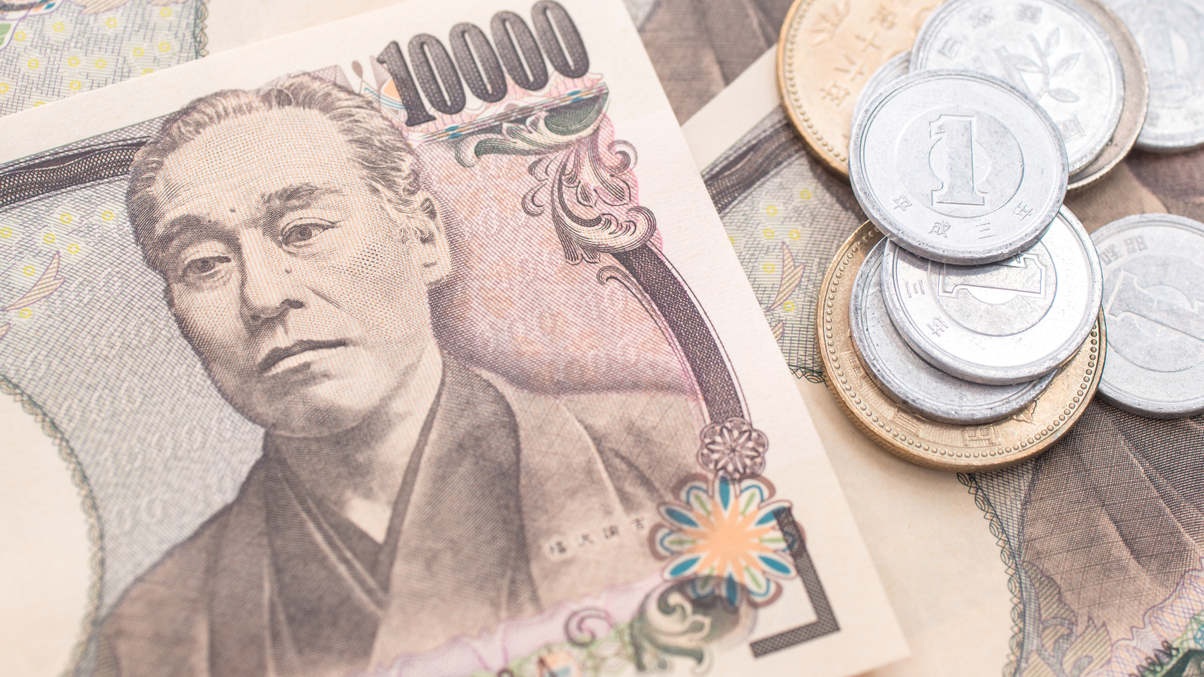Japan’s largest life insurers on alert for stronger yen in foreign bond strategies
Meiji Yasuda Life and Nippon Life Insurance plan to cut foreign bond holdings, while Sumitomo Life is expanding investments in overseas credit and leaning further on external managers.

Mega Japanese life insurance companies are employing different strategies in foreign fixed income as they seek to balance currency risks with lagging domestic yields.
Sign in to read on!
Registered users get 2 free articles in 30 days.
Subscribers have full unlimited access to AsianInvestor
Not signed up? New users get 2 free articles per month, plus a 7-day unlimited free trial.
¬ Haymarket Media Limited. All rights reserved.


